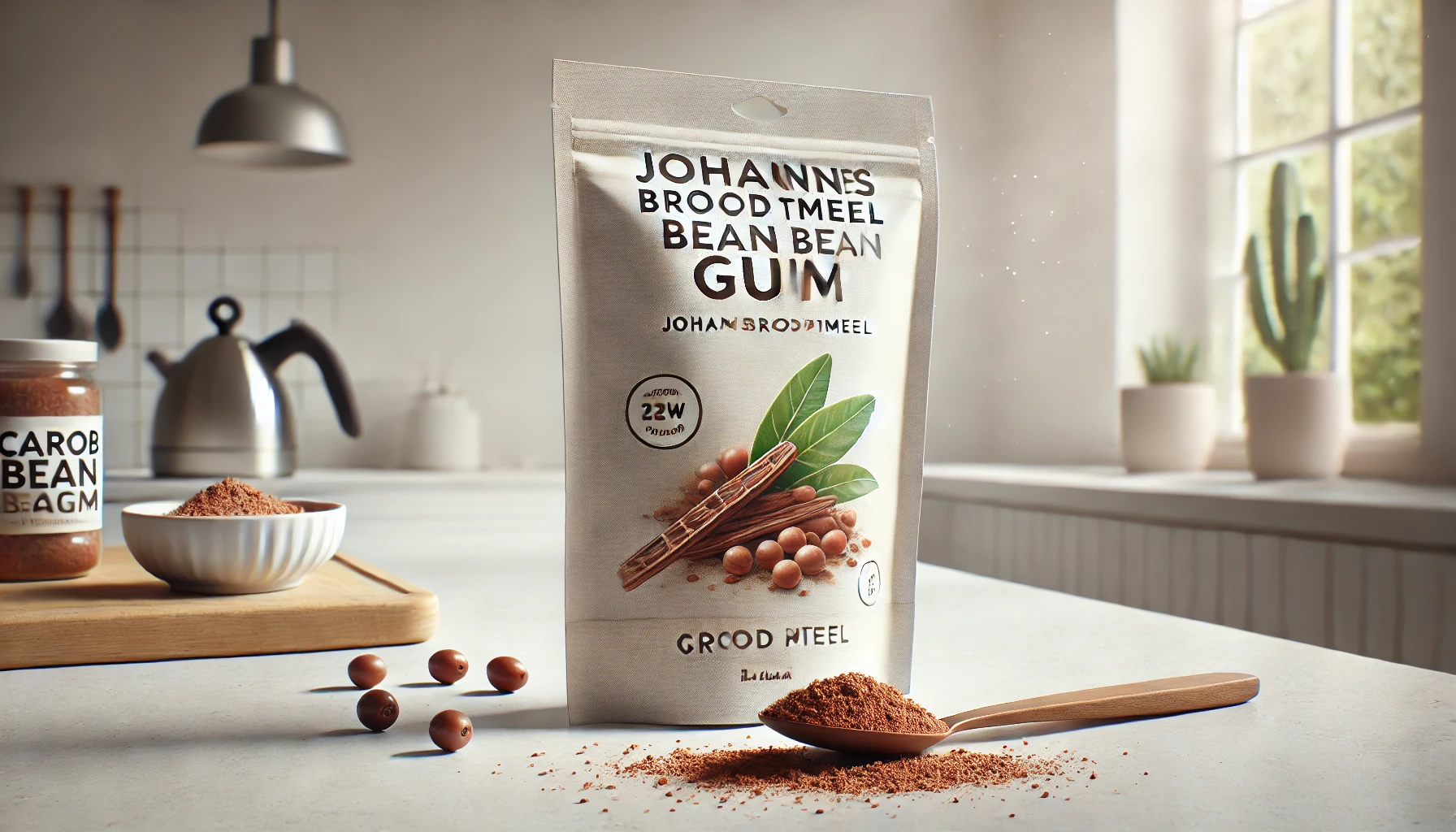Alternatives to Carob Bean Gum
Carob bean gum is a natural thickener that is commonly used in sauces, soups, and baby food. If you don't have carob bean gum, there are several alternatives available that offer similar functions. From cornstarch to arrowroot, there is a suitable substitute for every recipe.
What is Carob Bean Gum
Carob bean gum, also known as locust bean gum, is extracted from the seeds of the carob tree. It is an effective thickener often used in gluten-free and lactose-free products. It is tasteless and dissolves well in both hot and cold liquids, making it ideal for sauces, desserts, and baby food.
In the Netherlands, carob bean gum is often used as a binder in baby food and diet products. Internationally, it is widely used in the food industry as a stabilizer and thickener. For those looking for an alternative, there are several options available that offer similar results.
Carob Bean Gum Replacements
- Cornstarch: An easy-to-use thickener. Mix cornstarch with a little cold water before adding it to hot dishes like soups and sauces.
- Arrowroot: A gluten-free thickener with a neutral taste. Ideal for clear sauces and desserts, as it remains transparent.
- Agar-agar: A plant-based alternative made from seaweed. It is suitable for binding liquids in desserts and jelly.
- Xanthan gum: A powerful thickener often used in gluten-free recipes. Use it sparingly, as a small amount is sufficient.
- Tapioca flour: A versatile thickener made from cassava. It works well in soups, sauces, and baking recipes.
- Gelatin: For recipes that need a firm consistency, like pudding or jelly, gelatin is a suitable alternative.
- Guar gum: Another plant-based binder similar to carob bean gum. It works well in cold dishes like ice cream or smoothies.
With alternatives like cornstarch, arrowroot, or xanthan gum, you can easily replace carob bean gum in your dishes. Choose the option that suits your diet and the desired consistency of the recipe.
Are you missing an alternative?
Tip our editors via this form.
Thanks in advance.
Why Do People Look for an Alternative to Carob Gum?
There are several reasons why someone might be looking for a substitute for carob gum:
- Availability: Not all stores offer carob gum, creating a need for easier-to-find alternatives.
- Dietary restrictions: Although carob gum is gluten-free, some people may have other allergic reactions or intolerances.
- Specific recipes: Depending on the recipe, an alternative may better suit the desired texture or taste.
Top 5 Frequently Asked Questions about Carob Gum
1. What exactly is carob gum?
Carob gum, also known as Carob, is a flour made from the dried and ground seeds of the carob tree. It is often used as a plant-based thickener in food.
2. How can I use carob gum in recipes?
Carob gum can be used as a thickener in soups, sauces, and desserts. It has little taste, so it won't overpower the flavors of other ingredients.
3. What are good substitutes for carob gum?
Alternatives to carob gum include cornstarch, wheat flour, potato starch, or gelatin. Keep in mind that the composition and behavior of these alternatives in recipes may differ.
4. Is carob gum healthy?
Carob gum is very nutritious and high in fiber. It is also gluten-free, making it a good choice for people with celiac disease or a gluten intolerance.
5. Can I make carob gum myself?
While it is technically possible to make carob gum yourself from carob seeds, this is a complex and time-consuming process. It is usually easier and more efficient to buy ready-made carob gum.
Nutritional Value of Carob Gum
The table below shows the average nutritional value of carob gum per 100 grams:
| Nutrient | Amount per 100 g |
|---|---|
| Energy | 222 kcal |
| Carbohydrates | 49 g |
| - Sugars | 49 g |
| Proteins | 5 g |
| Fats | 0.6 g |
| - Saturated | 0.1 g |
| Fibers | 40 g |
| Sodium | 35 mg |
Note: The exact nutritional values may vary depending on the specific brand and the production method used.
